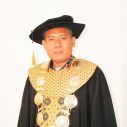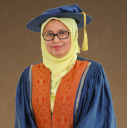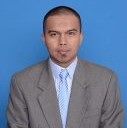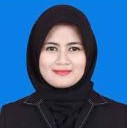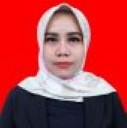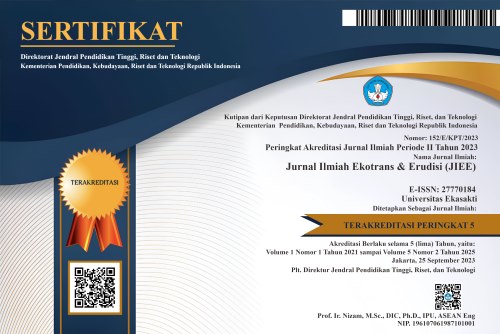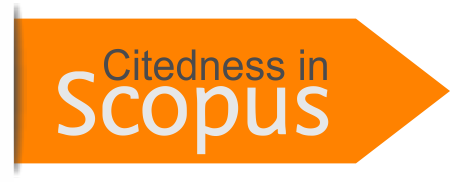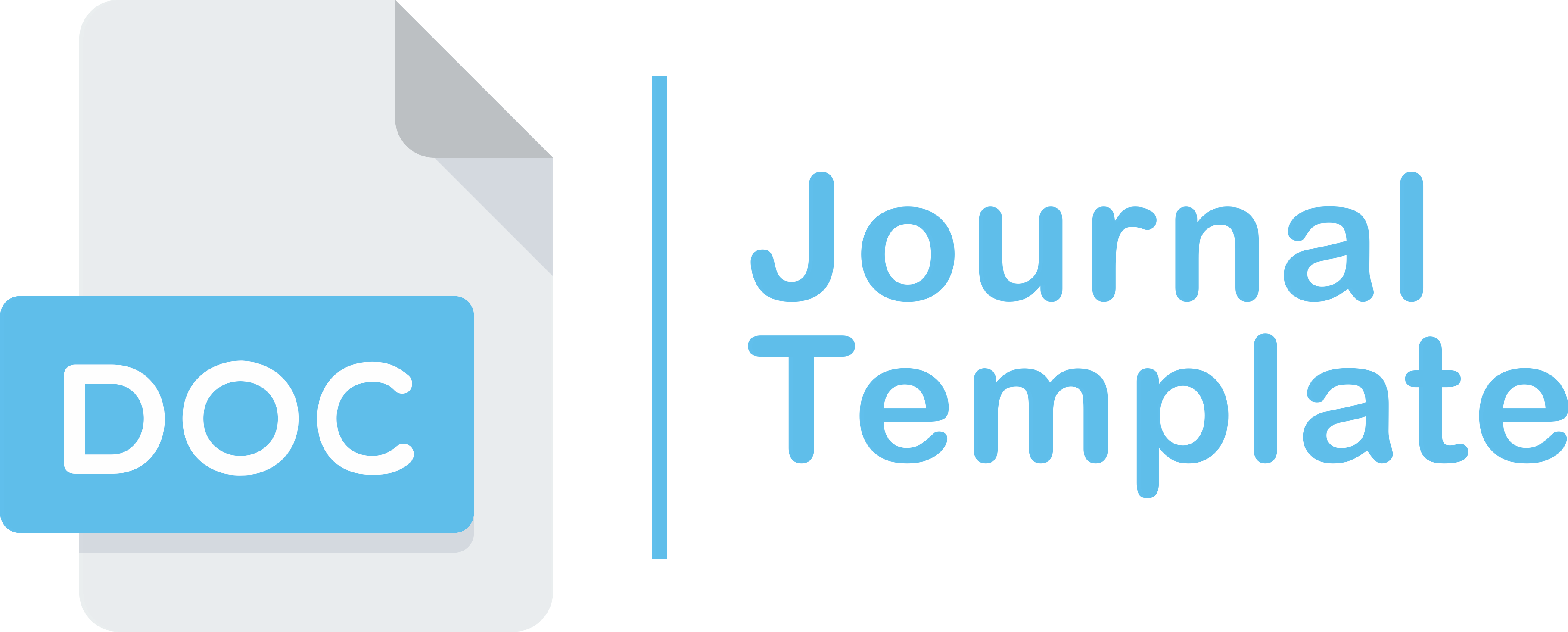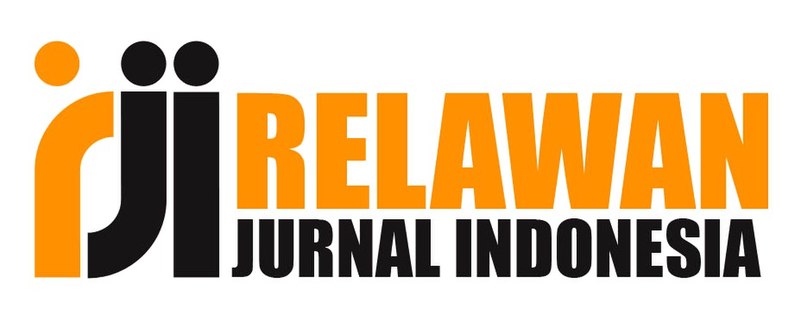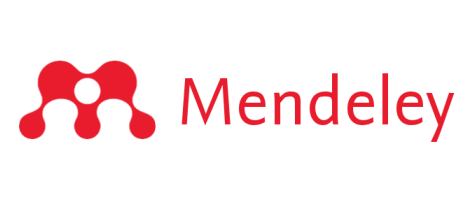Development of Village Industry Through an Integrated Information System in Nagari Simarasok, Baso Agam District
DOI:
https://doi.org/10.69989/9gext216Kata Kunci:
UMKM, Industry, Maps, Integrated InformationAbstrak
The problems of Simarasok UMKM were identified: (1). The products have not been maximized due to marketing weaknesses, capital, and the purchasing power of woven/songket products tends to decrease, (2). Embroidery UMKM are part-time livelihoods for unmarried women and housewives, (3). There is no group of innovative skilled workers, (4). Marketing strategies are more on personal relationships, close proximity and less online sales, (5). Product quality/quantity can be improved, but constrained by external internal factors. The research used qualitative techniques and descriptive analysis; informants were collected by purposive sampling. Data findings, there are specialties of UMKM: 1). The embroidery industry has developed and is carried out by almost half of the female population, 2). Sugarcane and tobacco processing industry, conducted by men. There is a difference between the type of industry and the gender of the actors, which is not interchangeable. 3). Based on scale, the industries are small. Interestingly, UMKM development is carried out through an integrated information system. Although located in rural areas, Nagari Simarasok has utilized spatial technology as an integrated information system in mapping the condition of its UMKM. In this Nagari, a complete map with specifications such as maps of industrial asset ownership, maps of agricultural land potential, maps of economic potential and maps of natural resource potential can be accessed. With the completeness of the map, access to buyers, consumers and or other parties can more easily access it. This Nagari breakthrough has not even existed in urban villages in the city center.
Unduhan
Referensi
Ariyanto, D., Dewi, A. A., Hasibuan, H. T., & Paramadani, R. B. (2022). The success of information systems and sustainable information society: measuring the implementation of a village financial system. Sustainability, 14(7), 3851.
Ashley, C., & Maxwell, S. (2001). Rethinking rural development. Development Policy Review, 19(4), 395–425.
Chiplunkar, C., Chattopadhyay, R., & Deshmukh, S. G. (2001). Development of an integrated information management model: a case of textile industry. Production Planning & Control, 12(6), 629–645.
Creswell, J. W. (2014). A concise introduction to mixed methods research. SAGE publications.
Fitriana, W., Rustiadi, E., Fauzi, A., & Anggraeni, L. (2019). Penguatan inklusi keuangan pada industri kreatif berskala mikro kecil di Sumatra Barat. Jurnal Ekonomi Dan Pembangunan Indonesia, 18(3), 9.
Hendrawati, E. (2016). Wanita Perajin Tenun Tradisional Di Nagari Halaban, Kecamatan Lareh Sago Halaban Kabupaten Lima Puluh Kota, Sumatera Barat. Jurnal Antropologi: Isu-Isu Sosial Budaya. Desember, 18(2), 69–87.
Kanungo, S. (2004). On the emancipatory role of rural information systems. Information Technology & People, 17(4), 407–422.
Li, Y. R., Liu, Y. S., Long, H. L., & Wang, L. (2014). Participatory appraisal of village development system: Methodology and application. Geographical Research, 33(2), 372–384.
Mei, Y., Miao, J., & Lu, Y. (2022). Digital villages construction accelerates high-quality economic development in rural China through promoting digital entrepreneurship. Sustainability, 14(21), 14224.
Mulyani, F., Rizal, M., & Kamarni, N. (2022). Peran Industri Pengolahan dalam Perekonomian Sumatera Barat. Menara Ilmu: Jurnal Penelitian Dan Kajian Ilmiah, 16(1).
Nam, V. H., Sonobe, T., & Otsuka, K. (2010). An inquiry into the development process of village industries: the case of a knitwear cluster in northern Vietnam. The Journal of Development Studies, 46(2), 312–330.
Parikh, T. S. (2009). Engineering rural development. Communications of the ACM, 52(1), 54–63.
Pramono, W., & Mulia, R. A. (2023). Village Government Policy in Reducing Poverty. Jurnal Ilmiah Ekotrans & Erudisi, 3(2), 112–121.
Rao, S. S. (2003). Information systems in Indian rural communities. Journal of Computer Information Systems, 44(1), 48–56.
Sahluddin, S. (2019). ANALISIS PARTISIPASI SUMBER DAYA MANUSIA (SDM) PADA AKTIVITAS EKONOMI NON PERTANIAN DI PERDESAAN (Studi Kasus Sumatera Barat). Universitas Andalas.
Unduhan
Diterbitkan
Terbitan
Bagian
Lisensi
Hak Cipta (c) 2024 Ardi Abbas, Alfitri Alfitri, Indraddin Indraddin (Author)

Artikel ini berlisensiCreative Commons Attribution-ShareAlike 4.0 International License.
Copyright Notice
An author who publishes in the journal "Jurnal Ilmiah Ekotrans & Erudisi" agrees to the following terms:
Author retains the copyright and grants the journal the right of first publication of the work simultaneously licensed under the Creative Commons Attribution-ShareAlike 4.0 License that allows others to share the work with an acknowledgement of the work's authorship and initial publication in this journal
Author is able to enter into separate, additional contractual arrangements for the non-exclusive distribution of the journal's published version of the work (e.g., post it to an institutional repository or publish it in a book) with the acknowledgement of its initial publication in this journal.
Author is permitted and encouraged to post his/her work online (e.g., in institutional repositories or on their website) prior to and during the submission process, as it can lead to productive exchanges, as well as earlier and greater citation of the published work (See The Effect of Open Access).
All materials in this site are protected by the law. It is prohibited to quote a part of or all of this website contents for commercial purposes without the permission or consent of the editors.
If anyone finds one article or more in this journal violate or potentially violate one’s copyrights, please report to us through e-mail of Principle Contact.
Legal-formal aspects of accessing any information and manuscript in this journal website refer to the provision of license Creative Commons Attribution-Share Alike (CC BY-SA). Read more about the Creative Commons Attribution-ShareAlike 4.0 Licence here: https://creativecommons.org/licenses/by-sa/4.0/.
All information available in 'Jurnal Ilmiah Ekotrans & Erudisi' is academic in nature. 'Jurnal Ilmiah Ekotrans & Erudisi' is not responsible for loss due to the abuse of information in the website.
Information
Notice about change in the copyright policy of the journal 'Jurnal Ilmiah Ekotrans & Erudisi' : "From Volume 1, Nomor 1 onwards the copyright of the article published in the journal 'Jurnal Ilmiah Ekotrans & Erudisi' will be retained by the author"
Privacy Statement
The names and email addresses entered in this journal site will be used exclusively for the stated purposes of this journal and will not be made available for any other purpose or to any other party.






